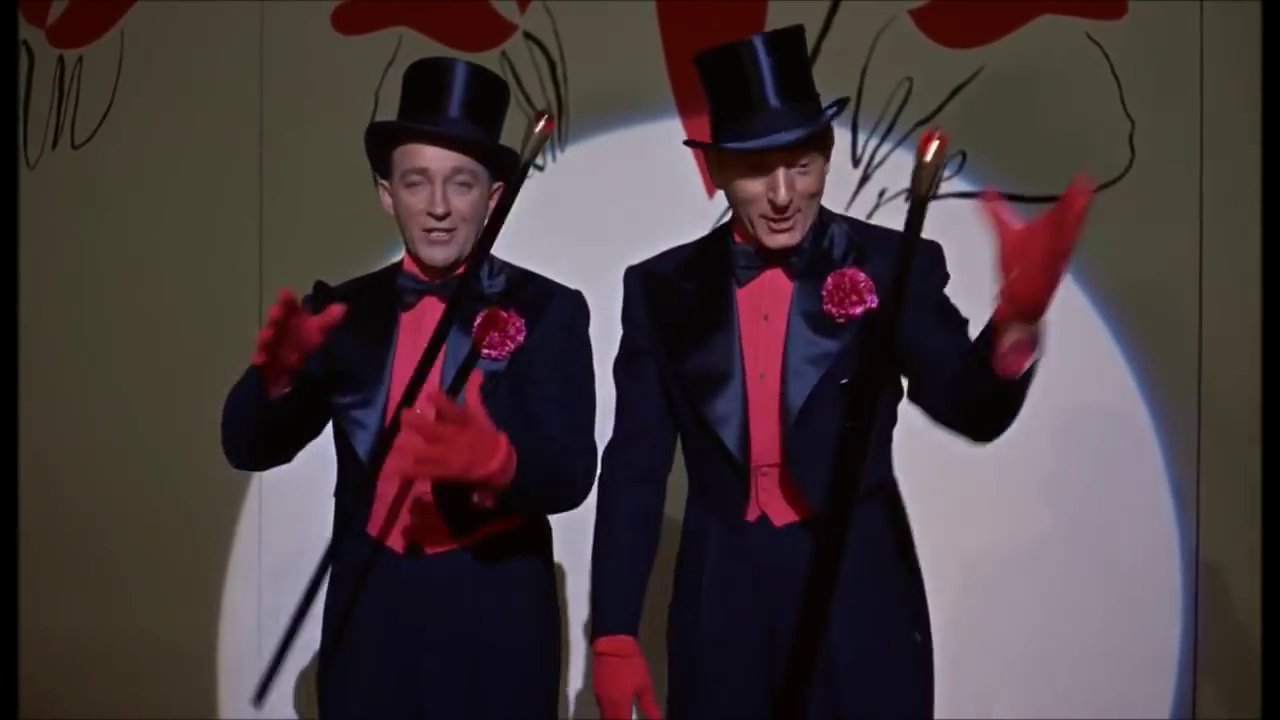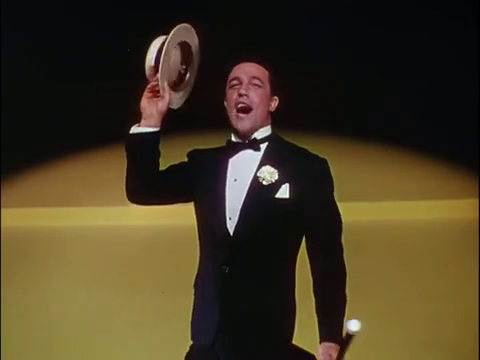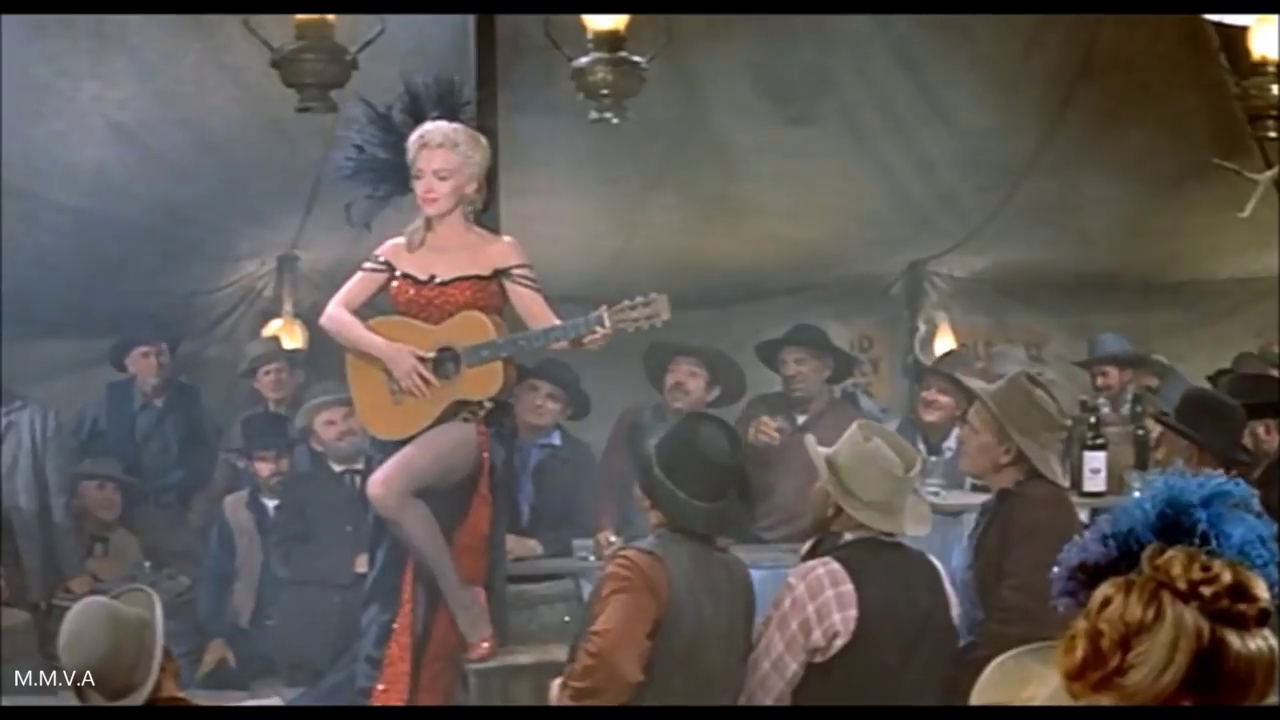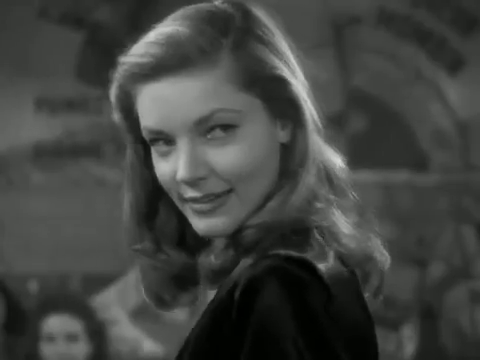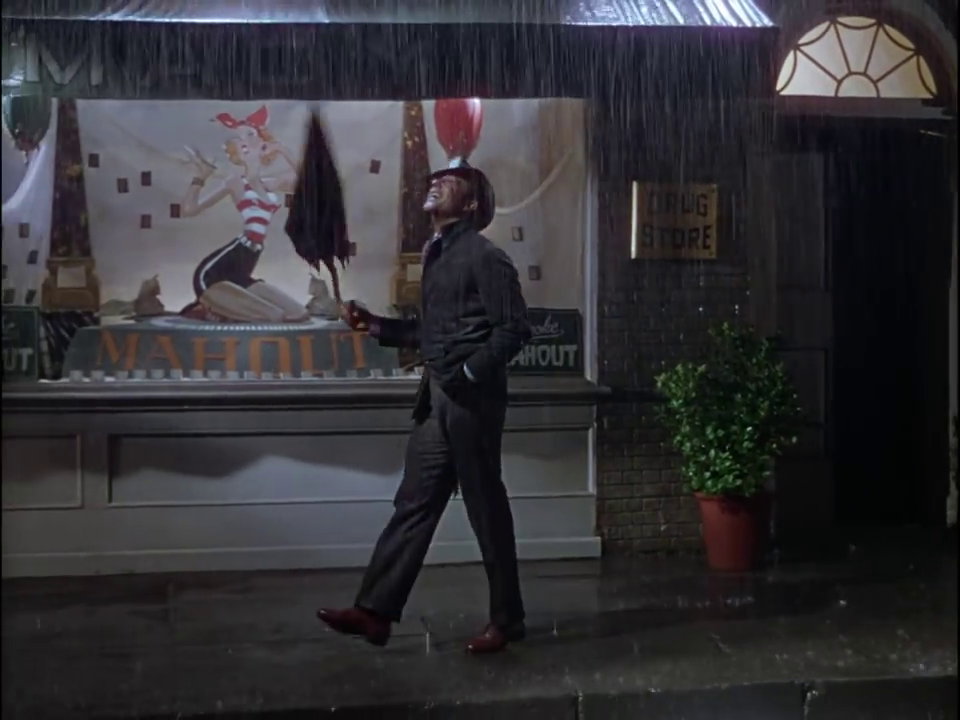Affect and the Art of Political Campaigning
An Essay by Ashkan Forouhi
- Introduction: What is Wrong with Me?
It is May 2017. It’s been five years since my immigration from Iran to the United States. I’ve recently finished graduate school, found a job, and am getting ready to move from Wisconsin to California. As I’m still getting used to my new life in a new country, there is a presidential election going on back home. President Hassan Rouhani is seeking re-election for a second term, campaigning on a moderate platform against his conservative rival.
Just like many recent immigrants, I’m still following the political developments of my home country very closely. This election is happening two years after the Iran-US nuclear deal, and a year after Donald Trump was elected president in the United States. I’m afraid that with the election of a hardliner in Iran, the two countries will head directly towards a war. I support Rouhani’s re-election, even though on most grounds he is ideologically as far from me as one could possibly imagine.
And then I watch a music video released by the Rouhani campaign. (Rouhani Campaign Ad); (This video and the other eleven campaign videos discussed in this essay can also be found, in order, in the accompanying video slider, right or below.) Around three minutes long, the song title is Dobareh Iran (“Again, Iran”), Rouhani’s campaign slogan. The video starts with a simple montage of close-ups of Rouhani’s supporters, mostly isolated in a crowd using a shallow depth of field. People from different ethnicities, different ages, wearing different clothing. Mostly men, a few conservatively dressed women. The images are paced down to a slow-motion, slightly contrasting the more upbeat music and the faster editing pace. Every face is dead serious, deep into the eyes of every close-up you can see the deep concern. I see a reflection of myself in every single face. We are all thinking of the same thing, we understand each other, even though I am just looking at those faces behind the glass screen of a monitor thousands of miles away. I feel all of us are separate, but we are all one.
The music slowly rises. As Rouhani’s confident, smiling face appears on the screen, the singer sings “again, a smile.” The images cut from Rouhani’s smiling face to a close-up of the smiling face of a supporter. I also smile, instinctively, in response to them; I cannot control myself. The music rises more and more: “again, a bond – again, a pledge.” Rouhani is now firmly pressing the hand of a supporter in the rally. The music reaches its climax: “again, Iran – again, Iran – again, Iran.” The supporters in the video now seem to be dancing to the music. I feel it deep within myself: every single particle in my body is now burning with the love for my country.
I am amazed at myself – what is going on inside me? I had imagined I didn’t have a single patriotic bone in my body – I thought I had gotten rid of these “backwards” ideas long ago. I cannot stop though. The music continues. I see big crowds chanting. People dance to the music. Groups of musicians start striking their drums. Faces appear here and there in the video again, but now they are all smiling. They are all happy, the eyes are filled with hope for a better future. I feel tears striking my eyes. Rouhani appears on the screen, and the music rises again: “again, Iran – again, Iran – again, Iran.” The images of happy crowds, holding the Iranian flag, cut back and forth with Rouhani smiling and waving hands. I can’t stop myself. I love my country. I love my president.
Or is it what I am actually feeling? I feel something – what is it? These emotions are short-lived, of course. I know these emotions are manipulated. I know I am exploited. I can even identify all the techniques the video uses to lure me; they are not that unique or complicated. My opinion about Rouhani has not changed a bit, at least as far as I am aware. Yet, I cannot forget my deep pleasure watching the music video. I can’t resist; I re-open the video and watch it again. Throughout the next few weeks, I keep watching the video over and over. I don’t even try to analyze why it attracts me, as it reduces the pleasure. I just let it play and succumb to its allure.
This is not the first or last time this has happened to me. Political propaganda has over and over struck a chord deep within me. Propaganda, in most cases, is used synonymously with misinformation. However, here I am using “political propaganda” in the more neutral/generic sense of the word, meaning any kind of audiovisual media attempting to persuade the audience to identify with or support a specific political cause, regardless of any objective or subjective evaluation of that cause.
Propaganda is maybe the most flagrant type of advertisement, trying to “sell” ideas instead of goods. Even though propaganda from the causes that I already support usually strikes me much harder, I have often found myself fascinated and even moved by propaganda that I absolutely disagree with. Of course, this doesn’t mean that the propaganda has eventually managed to shift my opinion. What does it mean, then? Where does the allure of propaganda come from, fascinating and moving me, even when I already know what it is trying to do?
- The Levels of Perception, and the Affective
Brian Massumi, in his book Parables for the Virtual talks of a study conducted by a team of researchers about a short film shown on German TV. The short film, originally silent, followed a simple, emotional story line. The researchers, in addition to the original “non-verbal” version, prepared two other versions of the same film, this time narrated. The first version was the “factual” version. In it, a narrator with a matter-of-fact tone describes what is happening on the screen. The second version, called the “emotional” version, was very similar to the factual, with the addition of some words at emotionally charged moments, emphasizing the specific emotion.
The research was conducted among groups of nine-year-old kids. After watching one of the three versions, the kids were asked questions about specific scenes to determine how “memorable” the film has been, and also rated the films on the scale of “pleasant-unpleasant.” In addition, the kids’ physiological reactions were monitored through the film, measuring their level of arousal through their heartbeat, their breathing, and their skin reaction.
The results were baffling for the researchers. The most memorable version was the emotional version, followed by the non-verbal and then the factual one. However, the most pleasant version was the non-verbal version, which was followed by the emotional version, and the factual version was again rated last. When coming to measuring the physiological responses, the results were more surprising: The factual version was actually the most “arousing” version; it made the kids’ heartbeat faster and their breathing deeper. On the other hand, the non-verbal version caused the most amount of skin response.
Massumi’s initial observation is that “it would appear that the strength or the duration of an image’s effect is not logically connected to the content in any straightforward way. This is not to say that there is no connection and no logic.” (Massumi 24) He hypothesizes that the act of image-reception works on at least two different levels: the level of intensity, and the level of qualification. He defines the strength or the duration of the image’s effect as its intensity (24), which he then equates with affect (27). The image’s content, on the other hand, is “its indexing in an intersubjective context, its socio-lingual qualifications” (24). The level of qualification is mostly conscious, associated with expectations, and depending on “consciously positioning oneself in a line of narrative continuity” (25). It also includes some autonomous responses, like heartbeat or breathing, which he describes as “a reflux of consciousness into the autonomic depths” (25). On the other hand, the level of intensity is “a non-conscious, never-to-be-conscious autonomic remainder” (25) and is mainly manifested by the reactions of the surface of the body, the skin (25).
The relationship between the two levels is manifested in the short film example, by observation of the effect of language (here, the narration) on the images’ intensity. Massumi observes that the two levels’ relationship is “not one of conformity or correspondence but rather of resonation or interference, amplification or dampening” (25). The matter-of-factness of the factual version’s narration interferes with the intensity of the images, resulting in its dampening. On the other hand, the emotional version’s qualifications of the emotions resonated with their intensity, resulting in its amplification. The emotional version may not be the one that rated as the most pleasant, or the one that elicited the strongest bodily response, but in terms of longevity of its effect, it is the most memorable.
Massumi makes another important distinction here. As it has been clear so far, affect and emotion should not be used synonymously. While affect is intensity, emotion is “qualified intensity, the conventional, consensual point of insertion of intensity into semantically and semiotically formed progression, into narrativizable action-reaction circuits, into function and meaning. It is intensity owned and recognized.” (28) In other words, emotion is the perceived affect, filtered and absorbed through the body, through the self.
Massumi’s observation is fascinating, but for me, it also raises many more questions. In this specific research, it is mainly assumed that the qualification level mainly works through the narration, through language, through the aural, whereas the images are mainly a vessel for the intensity. This might be true about this specific video, but not necessarily always true. Content can be also transferred purely through the image, whereas a narrator’s tone of voice might be pure intensity, even if they speak gibberish. Another question I am concerned with is the amplification/dampening relationship between the two levels. Massumi mainly discusses the qualification level’s effect on the intensity the audience perceives, but I am largely concerned about the opposite effect: Can the intensity also resonate with and amplify the qualification – can affect increase the audience’s perception of the content, making it easier for them to “buy it”?
In the rest of this essay, I will not attempt to conclusively answer these questions. Instead, I will try to loosely use the framework that Massumi provides to try to better understand myself and my perception of political propaganda. I will not try to decipher what is happening within my body physiologically, nor will I try to evaluate or judge the content of propaganda. Instead, I will try to examine the cinematic methods and tools that are powerful enough to affect me, and how they help the propaganda piece to lure, fascinate, and convey its message.
- Searching for Affective Propaganda
So back to propaganda. When I compare the three versions of the short film in Massumi’s cited research with political propaganda, I find clear parallels. The “factual” version is probably the most common: for the most part, a bland, matter-of-fact voice, citing numbers, percentages, ups and downs, and plans for the future constitutes a large portion of what I know as political advertisement. They attempt to feed the viewer the largest amount of information in the shortest possible length of time. The more sophisticated they become, the more they shift from the “factual” version towards the “emotional” one. The narration is still there, but in many cases, the images work independently, and the narration amplifies the intensity of the images instead of interfering with it. Purely “non-verbal” ads, focusing solely on the affect of the images/music instead of transferring information through language, are very rare in the world of political advertisement.
For the purpose of this essay, I will focus on United States presidential campaign TV/internet advertisements. I watched and analyzed a collection of more than one hundred US presidential campaign ads, from Eisenhower’s 1952 campaign to Obama’s 2008. (1) Keeping Massumi’s two-level perception model in mind, I will try to identify a few of the most affective techniques used in the ads, and try to analyze how intensity and content interact with each other in these examples, and how this interaction influences the way I perceive the images. At the end of the day, this analysis remains highly subjective: the examples I discuss are mainly affective for me.
First example: 1960. (Nixon Campaign Ad) An unidentified narrator announces: “Ladies and gentlemen, the vice president of the United States, Richard M. Nixon.” Nixon is sitting on his desk, firm and confident. He looks straight at the camera, making direct eye-contact with the audience. He starts talking with a decisive voice: “I want to talk to you about civil rights…” What he says doesn’t matter. Maybe the TV audience in 1960 did listen to the words, but I doubt it. The content of what he says is not what sticks in my mind. What sticks aurally is the confidence I can deeply feel in the tone of his voice. But after the first sentence, something totally unexpected happens. The camera starts dollying forward, with a slow but very noticeable pace. As Nixon keeps talking, he becomes larger and larger in the frame. What started as a medium long shot ends up being a medium close-up halfway into the ad’s time. The idea is not a brilliant one, and it’s been overused throughout the years, but the slow movement is still very intense: Even as I’m watching it 60 years later, through a small YouTube window, I still feel overwhelmed by the power of this figure. Nixon released multiple ads in the series, all using the same technique, but he talked about a different subject each time. He ended up losing in a very close election to John F. Kennedy, but his ad technique survived. It has been used multiple times afterwards, for example, by both Gerald Ford (Ford Campaign Ad) and Jimmy Carter (Carter Campaign Ad) in 1976, by Ronald Reagan in 1984, and by Barack Obama in 2008. (Obama Plan for Change)
Second Example: 1964. Lyndon B. Johnson against Barry Goldwater. Johnson’s campaign releases one of the most controversial attack ads in the US campaign history, titled Daisy. (Johnson’s Daisy Ad) The ad was aired just once on TV, and then immediately pulled down by the Johnson campaign, but this only intensified its legacy. The ad starts by showing a little girl, picking the petals of a flower as she counts them: one, two, …, nine, nine. No petals left on the flower. The girl raises her head, with a slight surprised look, when the image suddenly freezes and then zooms sharply into the girl’s eye. We hear a man conducting a countdown: ten, nine, …, one, zero. By the time he reaches zero, we have reached deep into the girl’s eye. There is nothing in the eye: just blackness. And then a nuclear bomb explodes. We are just half-way into the ad, but it has already done its job. Using highly affective imagery, I am completely put off-guard and ready to perceive whatever message follows. As more bombs keep exploding, Johnson’s alarmed voice declares: “These are the stakes. To make a world in which all of God’s children can live, or to go into the dark. We must either love each other, or we must die.” Nothing direct about his rival, but the narrative is still clearly transferred to the audience: the election of Goldwater means a nuclear war.
What’s often forgotten about this ad is that this is not LBJ’s only attack ad against Goldwater, and certainly not the most direct one. It is part of a series of attack ads, in which ads have a similar form and even similar content. One is the Ice Cream ad (Johnson Ice Cream Ad), in which a little girl is shown eating a cone ice cream. The narrator states that this girl needs vitamins, but not nuclear bombs, and then directly accuses Goldwater of being a nuclear warmonger. If we just consider the message conveyed through the ad, the Ice Cream ad is much more direct and confrontational. However, it never received the backlash that Daisy received. It might be more direct, but it’s definitely less intense, and certainly less affective. One thing that makes the Daisy ad unique among the rest of the Johnson’s attack ads is its refusal to use any direct narration. When Johnson’s voice is heard midway through the ad, the ad has already passed its most intense moment. Beyond this point, Johnson’s message is primary, not secondary, not describing what’s happening the screen.
Final example: 1984. Ronald Reagan’s reelection campaign is exemplary in the range of different techniques it successfully uses in different ads. The most famous example is Morning in America. (Reagan Morning in America) The ad is narrated with a warm and friendly voice, stating one by one US economic achievements under Reagan: more jobs than ever, less inflation than ever, etc. A calm and soothing music follows through, rising subtly as the narrator finishes each sentence as a punctuation. A montage of images of brightly lit locations with happy people buying houses and getting married. There are no straight cuts between the images: each image dissolves into the next, as if even a simple cut would be too disturbing for the soothed brain of the audience. The last 15 seconds of the ad contains a subtle shift in tone. The narrator states “under the leadership of President Reagan, our country is prouder, and stronger, and better.” The strings start playing, shifting the tone of the background music. And the images switch to a montage of American flags and faces looking upwards. The next four years will be even “better.” The whole purpose of this ad is to show an idyllic image of America after four years of the Reagan presidency, and to convey optimism for the four years to come, and it most powerfully succeeds. This ad is a great example of how the intensity of music and images can amplify the content of the narration.
This is not Reagan’s only powerful ad in his 1984 campaign. Another ad, titled The Bear (Reagan’s The Bear), is far bolder in its strategy and aims for the complete opposite effect. With a highly disturbing music, and powerful drums resembling a heartbeat, this short thirty-second ad could easily be part of a horror film. The narrator talks of a “bear in the woods.” No one knows whether the bear is dangerous, or even real, but eventually, “isn’t it smart to be as strong as the bear?” The images are disturbing as well, of a vicious bear moving slowly in the forest, making unpredictable moves. Finally, the walking bear slows down, and with a zoom-out, we realize that a man is standing in front of him. As the bear finally takes one small step back, the image immediately fades into “President Reagan: Prepared for Peace”. The bear is a metaphor for the Soviet Union, but it doesn’t matter if the audience even “gets” this metaphor at all. The affect has been already transmitted and transformed into fear, even without a single word from the narrator: the world is a frightening place. Be afraid. You need someone to protect you.
- Where is the Purely Affective?
The examples discussed so far use a wide range of methods and strategies for interaction between intensity and content. However, they all have something in common: they are trying to convey a message through the narration. The Bear might be the most abstract in this sense, but it still tries to convey some specific content, albeit very indirectly and through a metaphor (whether it succeeds or not is another story). It is very hard to find examples of political advertisement that completely do away with this formula. Maybe the one single example that works purely through the power of image/sound, without much help from narration or music, is the first 30 seconds of Daisy. However, that ad also finally succumbs to a narration by LBJ. If we remember Massumi’s three versions, most effective political ads (understandably) use the formula of the most memorable one: the “emotional” version. But where is the equivalent of the version with the purest “intensity” and the least “content” in the universe of campaign ads: where is the “non-verbal”? If the job of a political ad is to sell an idea, can it afford to completely do away with a “message”?
If we look with a magnifying glass for the rare examples of political ads that completely do away with narration, they all have something in common: They replace narration with music and lyrics; they turn into a music video. Let’s exclude examples like “I Like Ike” (I Like Ike), an Eisenhower 1956 music video, in which the lyrics are as direct as a conventional narration, or “Yes We Can” (Obama Yes We Can), a (highly affective) 2008 music video using the text of a Barack Obama speech as the lyrics. Excluding those, a few examples do remain, dating back to (again) Reagan’s 1984 campaign. But perhaps the most successful among those is Bernie Sanders’ 2016 Democratic primary campaign ad, titled America. (Sanders America Ad)
America is still not 100% non-verbal. It does use the Simon & Garfunkel 1968 song, but here, the song’s lyrics are not directly or indirectly related to the campaign’s message. It is not trying to transmit any message to the viewer, and instead solely relies on manipulating the viewer’s emotions. The only narration throughout the whole ad is a single obligatory approval sentence at the end of the ad: “I’m Bernie Sanders, and I approve this message.” I can’t help but have a sarcastic interpretation of this sentence: as far as I can see, there is actually no message. Or maybe there is?
The first fifteen seconds of the ad does not contain any lyrics. It starts with a montage of landscapes, houses, farms, and ships. The first people appear four seconds in the ad, a mother and daughter tightly hugging each other, looking directly at the camera, and warmly smiling. From here on, we continue seeing multiple other people, in regular everyday settings: farming, working in an office, walking. The images cut to each other, synchronized to the beats of the song: the oldest trick in the music video editing book, to maximize the intensity amplification of the sound and the image.
As the singers start singing fifteen second into the clip, the theme of the images change. We move from everyday setups to Sanders campaign rallies, marked to the audience by large “Bernie for President” signs. The first image used to make the switch is a very dynamic one, of a couple dancing in a rally, hinting for a shift in the pace and dynamic. Sanders himself appears a few seconds later for the first time, smiling and talking to a supporter. There’s a brief few seconds of going back to the farm setting, which feels like a hiccup in the overall flow of the music video. As we get back to the rally settings, the music starts to rise towards its climax, and as it rises, we also start hearing the cheering of the crowd.
From now on, the images start to show more and more of the crowds, and less of the individuals. As the song reaches its climax, and the singers sing “They’ve all come to look for America,” the image is suddenly covered by a grid of tens of faces, as they keep very rapidly changing. The grids also keep getting smaller and smaller, holding more and more people. A lot of political ads use the technique of “close-up porn” to elicit resonance, but this music video takes this technique to a completely different level. It shows that a close-up can still be affective, even if it is displayed for a small portion of a second, and even if it only covers a small portion of the screen. The effect is not the same as showing a single close-up for a longer period of time, and definitely not the same as showing a crowd, but something in-between, it feels like an accumulation of both, as if the intensity of the individual’s image and the intensity of the community’s image are amplifying each other.
The word “America” sticks on the screen for a few seconds, as the ever-changing close-up grid fades slowly into an image of a camera flying above a crowd of people listening to a Sanders’ speech. The rest of the montage is essentially very similar to a concert video: everyone seems to be happy, excited, shouting. Everyone seems to be dancing to the music. Even Sanders himself, behind the podium, moves his hands in a dance-like fashion. The video finally ends with the smiling image of Sanders.
I’m not the only one fascinated by this short piece. America was arguably the most successful ad released by the Bernie Sanders campaign through the 2016 election cycle. It is still the most viewed video on Bernie Sanders’ YouTube channel, viewed nearly 4 times as much as the second video. In research conducted by Vanderbilt University and UCLA and reported by Lynn Vavreck in the New York Times called SpotCheck,(2) representative samples of 1000 people were asked to see different campaign ads through the election cycle, and then rate them in terms of whether the ad made them happy, hopeful, angry, or worried. America made 80 percent of the viewers at least a bit happy and hopeful, including more than half the Republicans. This was higher than any other ad that ran through the 2016 election cycle that the group analyzed (Vavreck). The research team also asked the people that, if they were the advertising manager of the campaign, how often would they recommend the campaign to run the ad? Again, this ad did better than any other ad: more than half of the respondents said that they would advise the campaign to run this ad a lot (this also included 51% of Republicans) (Vavreck).
America, in many senses, is not really that different from the more traditional forms of political advertisement. The techniques used to generate affect are previously used over and over in political ads and music videos (except the ever-changing face grid). However, the boldness of this ad lies in the fact that mainly, instead of imparting the message, it aims to impart the emotion. It tries to make the audience feel happy and optimistic while watching the ad, without any direct statement that this happiness is because of Bernie Sanders. If the ad is successful in eliciting that kind of emotion, the audience will make the connection between Sanders and optimism in a subconscious level themselves.
But does this strategy really work? This ad is arguably the most popular campaign ad among all the other ads generated by the Sanders’ campaign (and by the rest of the campaigns) during the 2016 election cycle. But does more popular essentially translate to more effective? By effective, I do not mean whether people like the ad. I mean whether the ad does the job, whether it convinces them to vote for Bernie Sanders. Here, it becomes very difficult to draw any conclusions. We know that this ad was mainly targeted towards the electorate in Iowa, right before the Democratic primary caucus in that state. We also know that Bernie Sanders eventually lost that state to his rival, Hillary Clinton, although with a margin much narrower than what was previously expected (0.3%) (“CNN Iowa Caucus Result”). It is hard to determine how much of the success (or failure) of the campaign was due to this particular ad. However, we know that the Sanders campaign (or other candidates’ campaigns), despite all the positive feedback this ad received, never released any other ad using a similar strategy.(3)
- A Conclusion, Maybe?
It is hard to draw any specific conclusion from this wide array of observations. Political ads and their efficiency are still very subjective, making it hard for me to generalize my own experience and draw any firm conclusions. So, I will close this essay with my own limited and subjective experience, leaving it to the reader to draw any conclusions. As far as I have understood and experienced, in the grand scheme of things, the affective has generally remained on the margin of propaganda campaigns. True, the most powerful, fascinating, and attractive forms of political propaganda are usually the most affective. But in the world of propaganda, the sole criterion is how much they succeed in selling their content, not how attractive they are.
In my experience, the affective propaganda always resonated with me the most, when my internal narrative (understanding of the world) was to some degree synchronous with the narrative that the propaganda piece tries to imply. The affective is a powerful tool for encouraging current supporters, but not much for drawing new ones. Intensity alone cannot convince me to support a political cause. I still need to hear arguments; the propaganda essentially still must work on the qualification level. Affect can, at most, amplify the strength of that content, but cannot replace it. Affect is what makes the powerful political propaganda pieces so fascinating, but at the end of the day, it is just the icing on the cake: it can never replace the cake itself.
… Or maybe it can?
Notes
1. See the entire Campaign Ad Collection, on YouTube.
2. See the project website.
3. They re-released a slightly modified version of this ad for the New York primary. Sanders eventually ended up losing that state to his rival, Hillary Clinton.
Works Cited
“Iowa Caucus Results – 2016 Election.” CNN, https://www.cnn.com/election/2016/primaries/-states/ia/Dem, Accessed 17 Dec. 2019.
Massumi, Brian. Parables for the Virtual: Movement, Affect, Sensation. Duke University Press, 2002.
Vavreck, Lynn. “The Ad That Moved People the Most: Bernie Sanders’s ‘America’.” The New York Times, 30 Dec. 2016, https://www.nytimes.com/2016/12/30/upshot/the-campaign-ads-that-moved-people-the-most.html.

